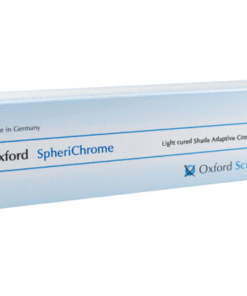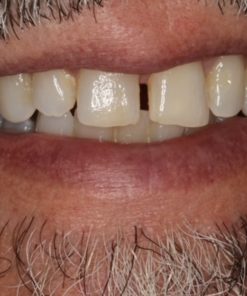General Information, Product News
A Journey Through Time: The Evolution of Dental Composites
Introduction:
Dental composites have become an integral part of modern dentistry, revolutionizing the way we repair and restore teeth. These tooth-colored restorative materials have a rich history, tracing their roots back to ancient times. In this article, we will delve into the fascinating history of dental composites, exploring their development from ancient remedies to the sophisticated materials we use today.
1. Early Attempts at Tooth Repair:
The concept of restoring damaged teeth dates back to ancient civilizations. Early dental practitioners experimented with various materials, such as resin-based mixtures, metals, and even precious gemstones. However, these primitive attempts lacked durability and aesthetics, often leading to more harm than good.
2. The Birth of Modern Dental Composites:
The 20th century marked a significant turning point in dental materials with the discovery of acrylic resins. In the 1940s, Dr. Rafael Bowen introduced the first dental composite, comprised of acrylic polymer and inorganic fillers. This marked the beginning of modern dental composites, offering improved strength and esthetics.
3. Advancements in Composite Technology:
In the following decades, dental composite materials underwent continuous refinement. Researchers experimented with various fillers, like silica and glass particles, to enhance the mechanical properties of the composites. The 1960s saw the introduction of light-curing techniques, allowing for better control over the setting process and reducing the chances of premature hardening.
4. The Resin Revolution:
By the 1980s, composite resin materials began to dominate the field of restorative dentistry. The introduction of microfill composites brought about a significant improvement in aesthetics, as they better mimicked the natural translucency of teeth. Dentists and patients alike embraced this newfound capability to repair teeth discreetly.
5. Nanotechnology in Dental Composites:
With the advent of nanotechnology in the late 20th century, dental composites witnessed yet another evolution. Nanoparticles of various materials were incorporated into composites, resulting in improved mechanical properties and enhanced polish retention. This breakthrough allowed dental composites to last longer and withstand the rigors of everyday use.
6. Future Prospects:
As dental research and technology continue to advance, the future of dental composites holds exciting possibilities. Scientists are exploring bioactive and antimicrobial composites to promote better oral health. Moreover, the integration of 3D printing techniques could streamline the process of creating custom-made dental restorations.
Conclusion:
The history of dental composites is a testament to the relentless pursuit of better dental materials. From humble beginnings to sophisticated nanotechnology-infused composites, these tooth-colored restorations have come a long way. With the ever-evolving advancements in dental science, one can only imagine the incredible potential that lies ahead for dental composites, promising more durable, aesthetically pleasing, and patient-friendly restorations.
Composites


